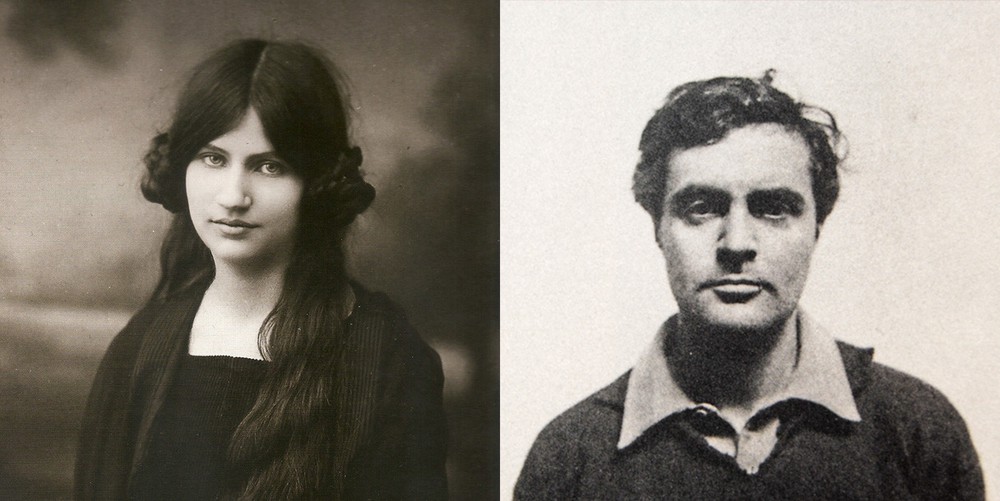Cubism
Cubism abandoned perspective, which had been used to depict space since the Renaissance, and they also turned away from the realistic modeling of figures. Cubists explored open form, piercing figures and objects by letting the space flow through them, blending background into foreground, and showing objects from various angles. Some historians have argued that these innovations represent a response to the changing experience of space, movement, and time in the modern world. This first phase of the movement was called Analytic Cubism. Cubism paved the way for non-representational art by putting new emphasis on the unity between a depicted scene and the surface of the canvas. These experiments would be taken up by the likes of Piet Mondrian, who continued to explore their use of the grid, abstract system of signs, and shallow space. (The Art Story)
Editorial (8)

The Art Movement Named After a Trash Receptacle
(Want to explore the history of other movements, styles, and schools? Check out our series.)…

Copenhagen’s Glorious Mess of Movements and Manifestos
(Want to explore other “Artropolises”? Check out our series.)

Modernism’s Romeo & Juliet
This month, we’ll be featuring Summer of Love, a four-part series on artists who painted the same individual—over and over a…
Artists (12)

Bjarne Ness
Norwegian, 1902–1927
Roger de La Fresnaye
French, 1885–1925
Alice Bailly
Swiss, 1872–1938Playlists (3)



Decor for a Victorian Interior


